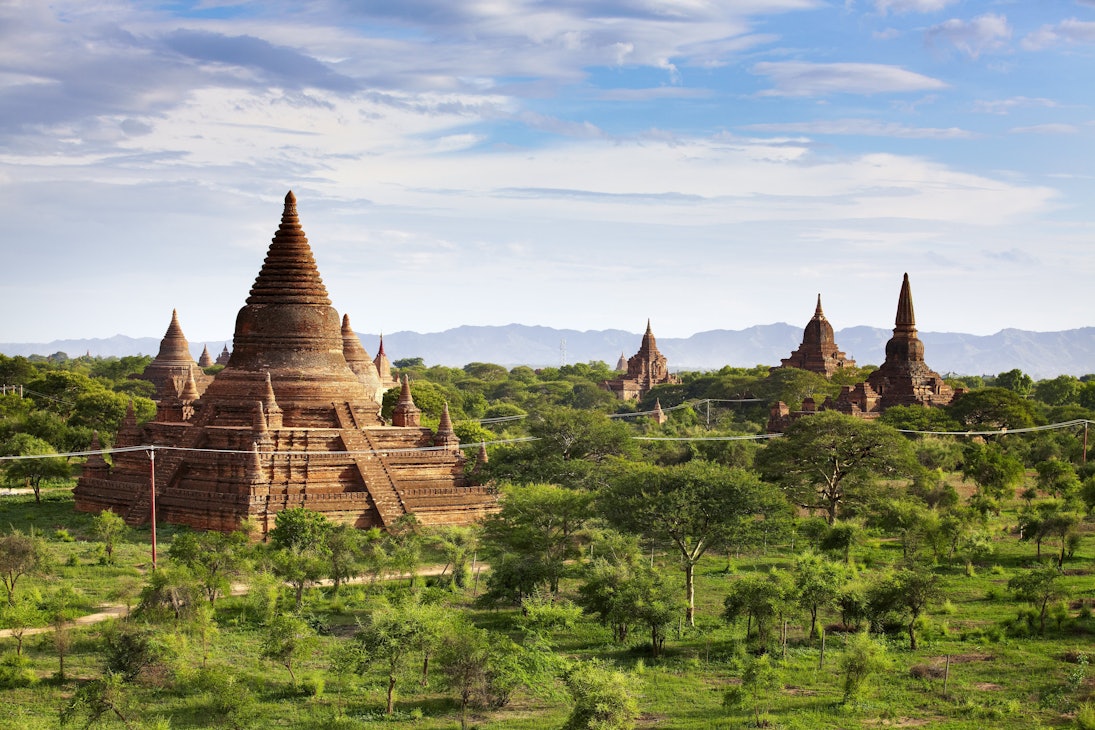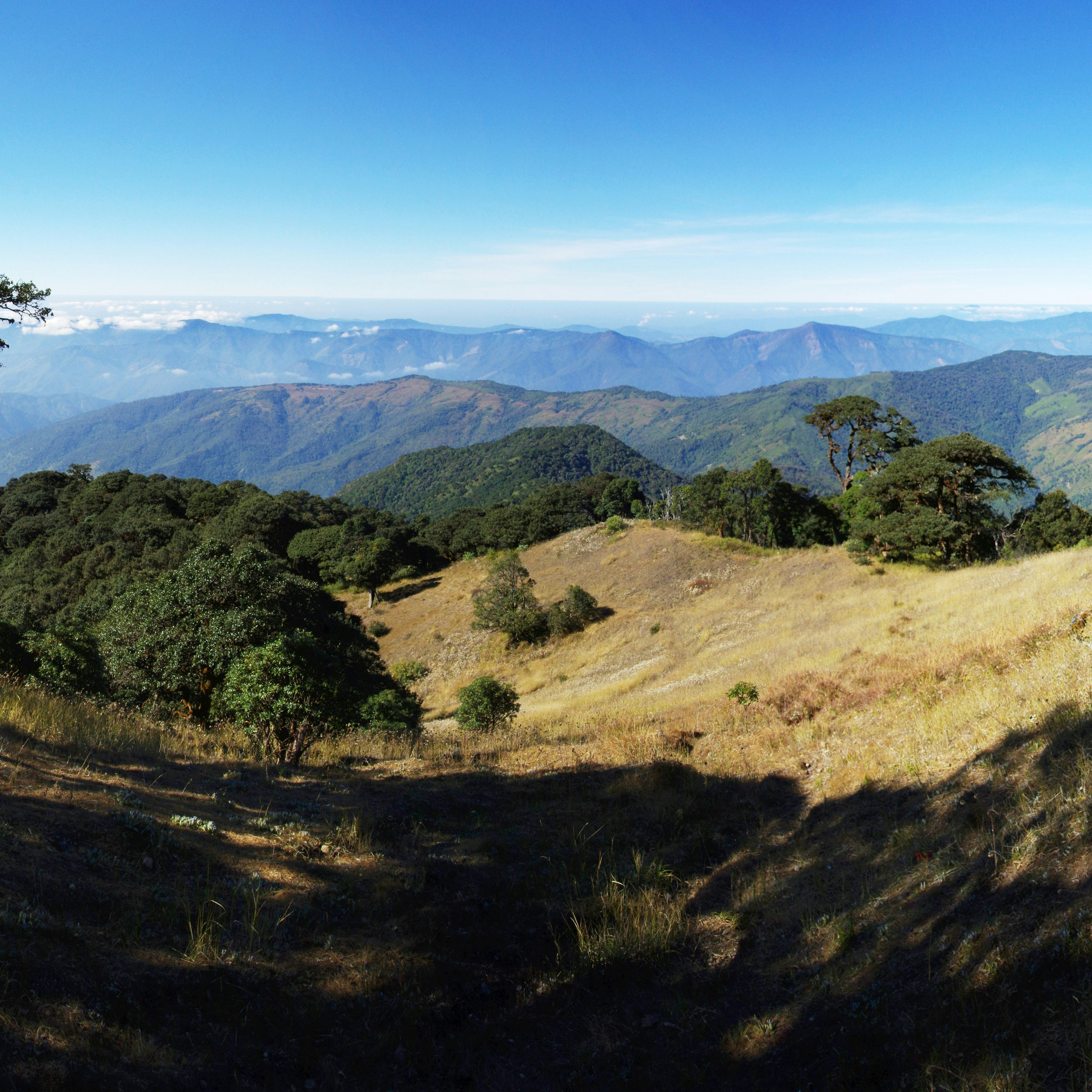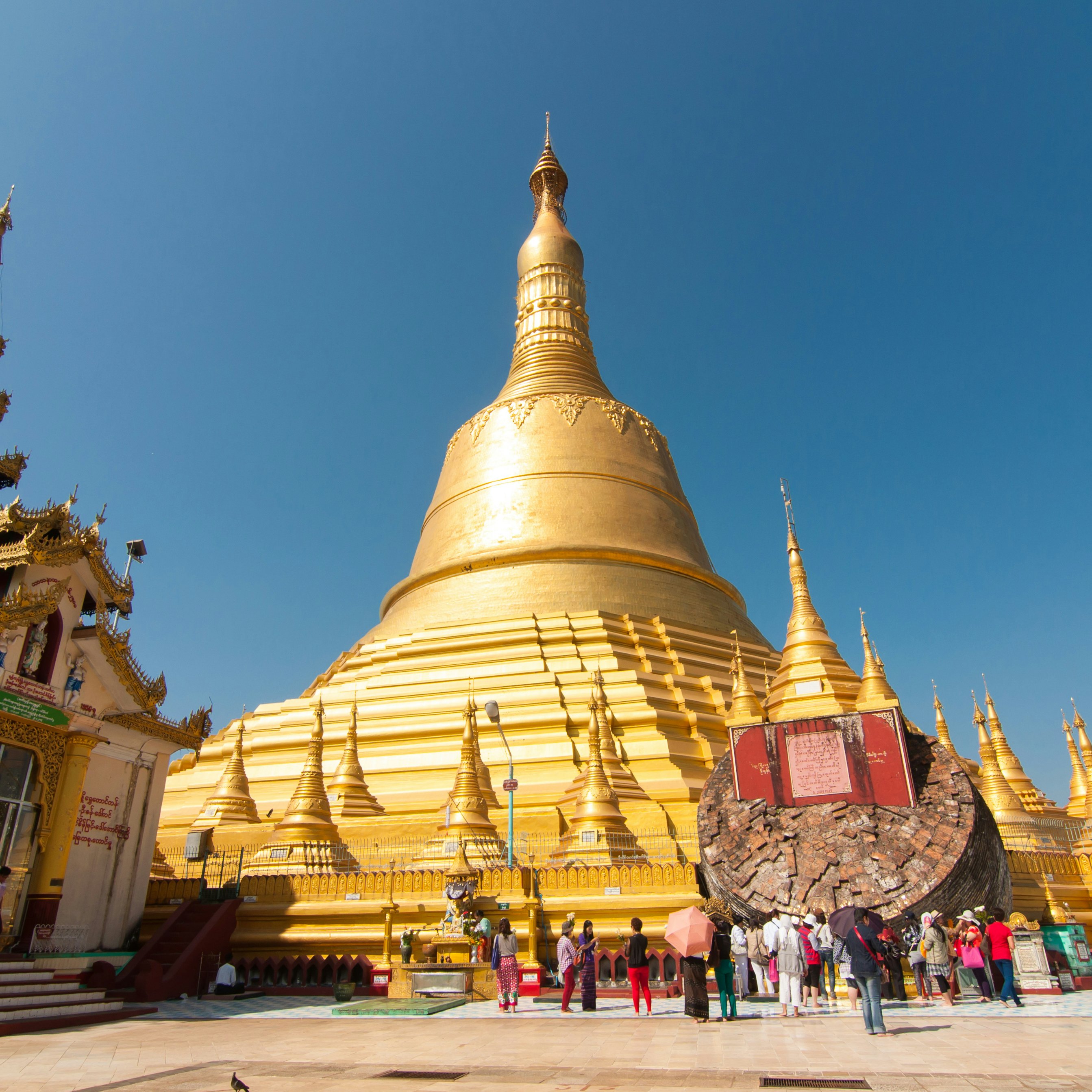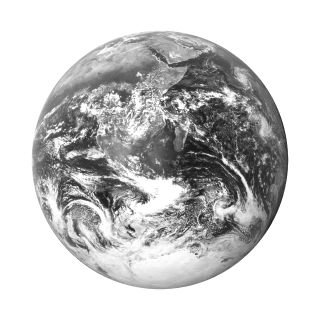

Matt Munro
Overview
It's a new era for this extraordinary and complex land, where the landscape is scattered with gilded pagodas and the traditional ways of Asia endure.
Plan your trip with Guide, an AI travel planner!
Create a personalized trip itinerary in seconds using artificial intelligence.
Must-see attractions
in partnership with getyourguide














